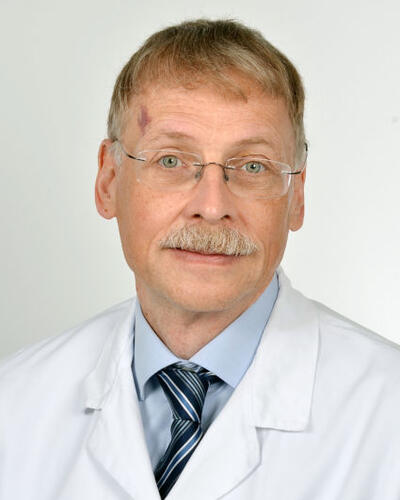Multimodal imaging
It is my firm belief that more than one way of looking at things gives superior results. Therefore I combine multiple modalities in my teaching and in my clinical practice: PET, conventional nuclear medicine, CT, MRI and ultrasound.

Main content
Multimodal imaging is a central concept in modern medicine: Using røntgen, computed tomography (CT) and other radiological modalites to depict anatomy, and use contrast and nuclear medicine incl. positron emission tomography (PET) to show function. (Ultrasound and magnetic resonance imaging (MRI) do both.)
I therefore let students look at PET/CT cases on their own as part of their course work, both in the third [1] and the fifth year [2]. I do not expect my students to become nuclear medicine specialists. The teaching point is understanding the interplay of anatomy and function, which is at the heart of modern medicine.
My clinical and research focus is on head and neck imaging. The current state of imaging in the head and neck is summed up in the following web lectures (just click on the image and the web lecture will come up):
PET/MRI for glioma (brain cancer)
Multimodal imaging for thyroid cancer
PET/MRI
For comparison: You can check out in my original lecture on Multimodal Imaging from 2008 and see if I changed my opinion - I didn't. We used ultrasound and scintigraphy side by side as long as I have been in nuclear medicine (since 1997). But it took some time until the first clinical wholebody PET/MRI was launched in 2010.

